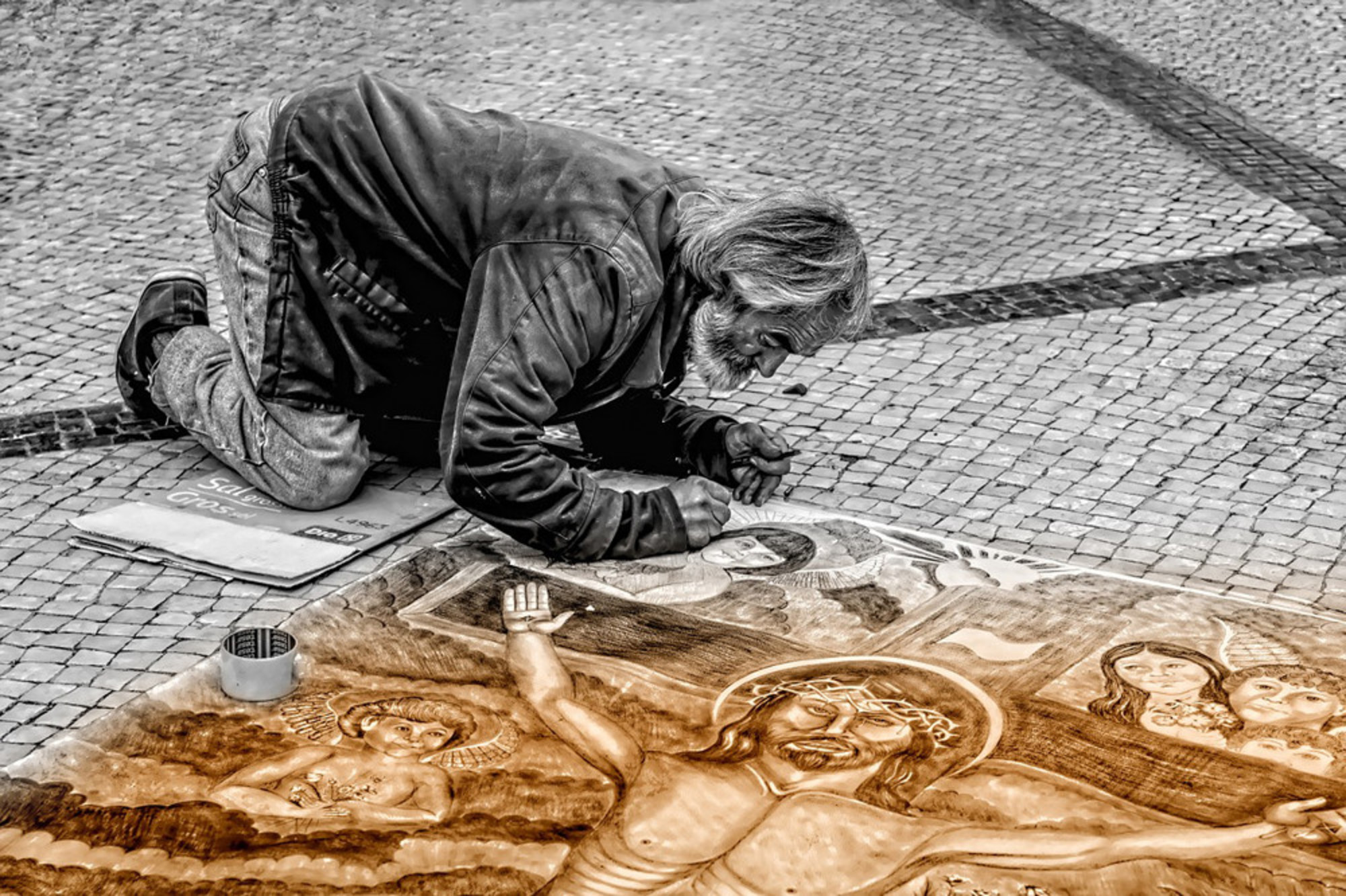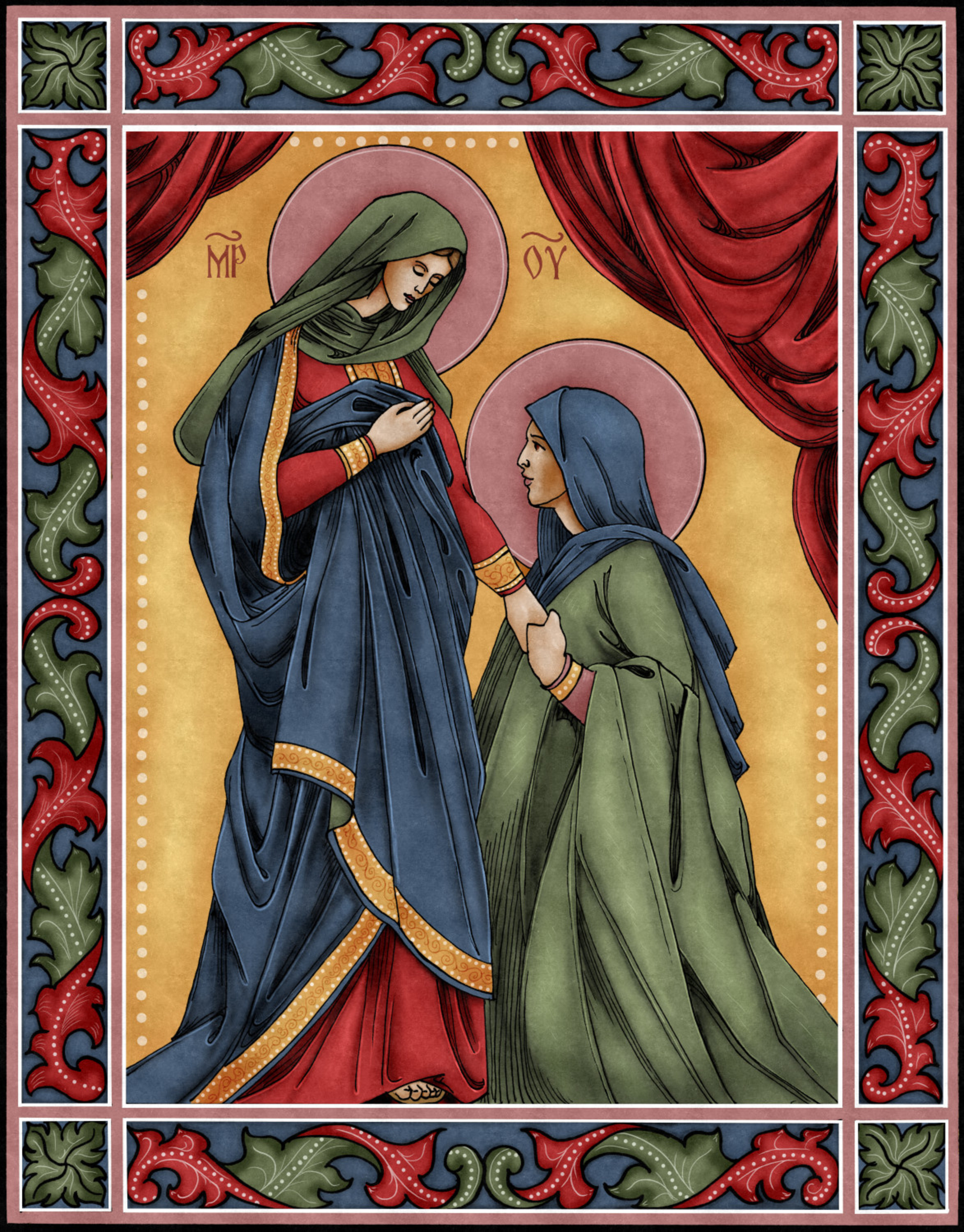"Saint Lazarus the Painter believed that we do not live for the here and now, we live for the future. We are not content with what is, but struggle to achieve what should be and what will be."

[caption id="attachment_349922" align="aligncenter" width="1000"]pixabay.com[/caption]
Saint Lazarus the Painter was highly regarded and well known for his frescos. His ability to paint sacred images was seen as a gift from God. His virtues also led him to be ordained a priest.
In A.D. 829, Theophilos became the Byzantine emperor. Theophilos rejected the decrees of the 7th Ecumenical Council and declared all forms of sacred art to be idolatry and therefore forbidden. Images in churches were destroyed and the painters of those images were arrested or driven into exile.
Lazarus, however continued his art. He even began to restore images that were defaced by heretics. As Lazarus was well known for his skill, the emperor sought him out, intending to make an example of the painter. At first Lazarus was ordered to stop painting. When this had no effect he was brought before he emperor. Theophilos ordered the artist to destroy any and all of the images he created. Lazarus refused. The emperor tried flattery and then bribery, all to no avail. Finally Lazarus was thrown into prison where he was subjected to horrific torture. But the artist priest persevered and even began to paint on panels from his prison cell. When Theophilos heard of this he ordered sheets of red hot iron applied to the painter's hands, searing them to the bone.
The ordeal left Lazurus half-dead and the emperor's consort Empress Theodora finally convinced Theophilus to release him.
Theophilos died in A.D. 842 and in A.D. 843 the legitimacy of sacred images was restored by his son and successor Michael. In spite of the injuries received in prison, Lazurus once more took up the brush and continued to paint, even serving Emperor Michael as an ambassador to Rome.
We do not live for the here and now, we live for the future. We are not content with what is, but struggle to achieve what should be and what will be. As pilgrims on this earth we look to the future. The earth is not heaven, it is the path to heaven.
The Transfiguration of the Lord also looks to the future, it points ahead to the ultimate fulfillment of God’s promise. Whoever is occupied with earthly things, is an “enemy of the cross of Christ.” But whoever follows Christ, keeps their eyes on the light, and occupies their mind with things of Heaven, is a citizen of Heaven and awaits the return of Christ who has prepared our home for us. The promise of Heaven is the fulfillment of the promise God made to Abraham.
In the glorified body of Christ we see the presence of the Holy Trinity and the culmination of all of salvation history. The new covenant between God and man, Heaven and Earth, is embodied in Christ.
In Heaven we will not only be reunited with our glorified bodies but the world of the Creator will be transformed into the world of the Redeemer. In Jesus Christ, as members of His mystical body, we will be fully integrated into the covenant God has made between Him and creation.
Pax Vobiscum
2nd Sunday in Lent
Read more at www.DeaconLawrence.org
© Lawrence Klimecki
Purchase fine art prints by Deacon Lawrence here.
Deacon Lawrence draws on ancient Christian tradition to create new contemporary art that seeks to connect the physical and the spiritual.. For more information on original art, prints and commissions, Please visit www.DeaconLawrence.org
Lawrence Klimecki, MSA, is a deacon in the Diocese of Sacramento. He is a public speaker, writer, and artist, reflecting on the intersection of art and faith





